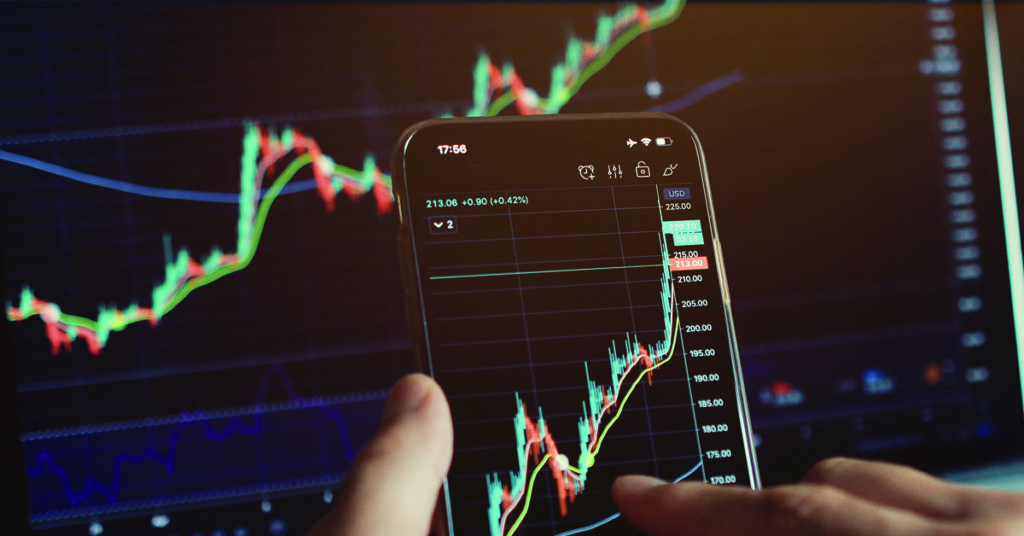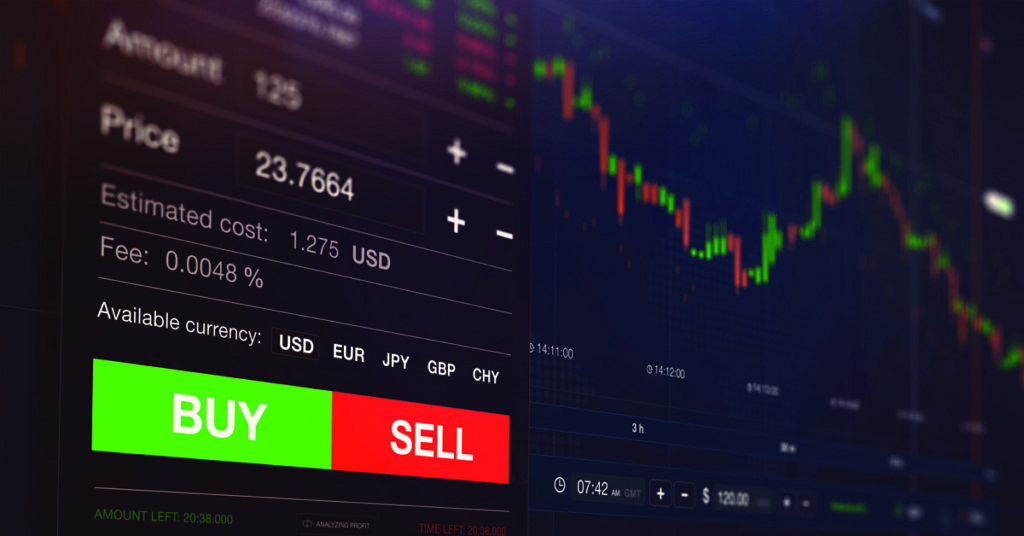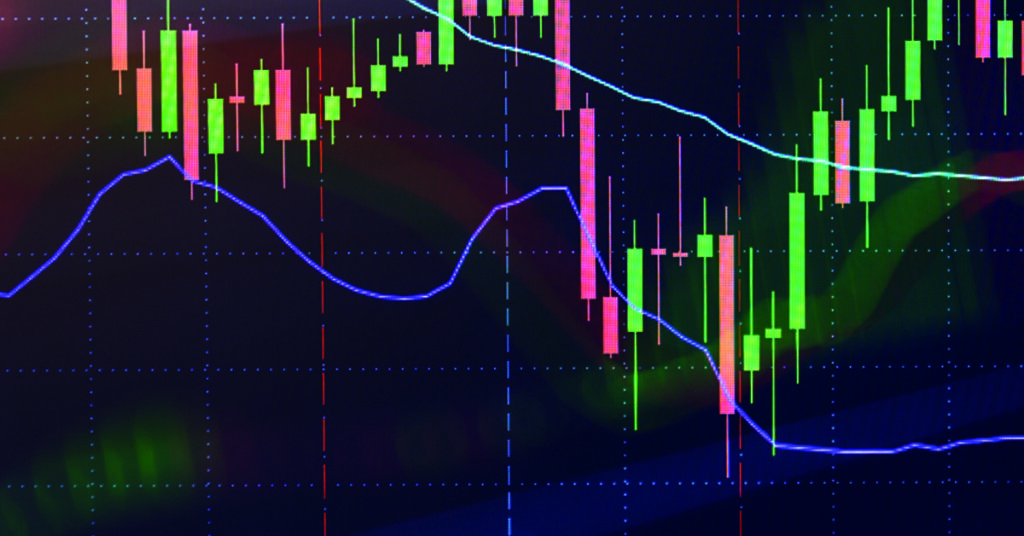What is Bid price in trading?

Bid Price.
In trading terms, the bid price refers to the highest price that a buyer is willing to pay for a security, such as a stock or bond. The bid price is typically lower than the ask price, which is the lowest price that a seller is willing to accept for the security. The difference between the bid and ask price is known as the bid-ask spread.
When trading stocks or other securities, investors can place buy or sell orders at a specific price. These orders are matched with other orders of the opposite type at the same price. For example, if an investor places a buy order for a stock at $50 per share, their order will be matched with a sell order from another investor who is willing to sell the stock at $50 per share.
The bid price for a security is the highest price that a buyer is willing to pay for the security. This can be determined by the highest buy order that is currently on the market. Similarly, the ask price for a security is the lowest price that a seller is willing to accept for the security. This can be determined by the lowest sell order that is currently on the market.
The bid-ask spread is the difference between the bid and ask price for a security. This spread is an important measure of market liquidity, as it represents the amount of supply and demand for a security. A narrower spread generally indicates that there is more liquidity in the market and that it is easier to buy and sell the security. A wider spread, on the other hand, may indicate that there is less liquidity and that it is harder to buy and sell the security.
In some cases, the bid-ask spread can be quite wide, particularly for less liquid securities. This can make it difficult for investors to buy or sell the security at a fair price. In these cases, investors may choose to place limit orders, which allow them to buy or sell the security at a specific price.
It’s important to note that the bid and ask prices can change rapidly during trading hours, depending on the supply and demand for the security. The bid-ask spread can also change depending on the market conditions and the volatility of the security.
In summary, the bid price refers to the highest price that a buyer is willing to pay for a security, while the ask price refers to the lowest price that a seller is willing to accept for the security. The bid-ask spread is the difference between these two prices and it can indicate the level of liquidity and volatility of the security. Understanding the bid-ask spread is important for investors as it can help them determine the fair value of a security and make informed trading decisions.
Another important aspect of bid price and ask price is their relation to the last trading price of a security. The last trading price is the last recorded price at which a security was traded. It can be the same as the bid price or the ask price, depending on whether the last trade was a buy or a sell order. If the last trade was a buy order, the last trading price would be the same as the bid price. If the last trade was a sell order, the last trading price would be the same as the ask price.
Another important factor to consider when looking at bid and ask prices is the size of the order. A large order may affect the bid and ask prices, as it may influence the supply and demand of the security. For example, if a large buy order is placed at the bid price, it may cause the bid price to increase and the ask price to decrease. This is because the buy order is effectively increasing the demand for the security, which can cause the price to rise.
In addition, the bid and ask prices can also be affected by market makers and specialists. Market makers and specialists are firms that act as intermediaries between buyers and sellers, helping to match buy and sell orders and maintain liquidity in the market. They may also place their own buy and sell orders to ensure that the bid and ask prices are reasonable and that there is a spread between them.
In conclusion, the bid price is a crucial metric to consider when trading securities, as it represents the highest price that a buyer is willing to pay for a security. Understanding the bid price and how it relates to the ask price, last trading price, and order size can help investors make more informed trading decisions and understand the market conditions of a particular security. Additionally, understanding the role of market makers and specialists can also help investors understand how bid and ask prices are determined in the market.
Another important aspect of bid price and ask price is the impact of news and announcements on the prices. Publicly traded companies often make announcements such as earnings releases, mergers and acquisitions, and other news that can have a significant impact on the prices of their securities. When a company releases positive news, such as strong earnings or a successful merger, the bid price may increase and the ask price may decrease, as investors become more willing to pay a higher price for the security. On the other hand, when a company releases negative news, such as weak earnings or a failed merger, the bid price may decrease and the ask price may increase, as investors become less willing to pay a high price for the security.
Another factor that can impact bid and ask prices is the overall market sentiment. In a bullish market, where investors are optimistic about the future, the bid price may increase and the ask price may decrease, as investors are more willing to pay a higher price for securities. In a bearish market, where investors are pessimistic about the future, the bid price may decrease and the ask price may increase, as investors are less willing to pay a high price for securities.
Furthermore, it’s important to note that bid and ask prices are not only used in stocks trading but also in other financial markets such as forex, commodities, and derivatives. In forex market, the bid price represents the price at which a trader can sell a currency, while the ask price represents the price at which a trader can buy a currency. In the commodity market, the bid price represents the price at which a trader can sell a commodity, while the ask price represents the price at which a trader can buy a commodity. Similarly, in the derivatives market, the bid price represents the price at which a trader can sell a derivative contract, while the ask price represents the price at which a trader can buy a derivative contract.
In conclusion, bid price is a critical metric in trading and understanding its relationship to the ask price, last trading price, order size, market makers, specialists, and news announcements can give a trader a comprehensive understanding of the market conditions and help them make informed decisions. Furthermore, the bid and ask prices are not limited to stocks trading but also used in other financial markets such as forex, commodities, and derivatives.




Responses